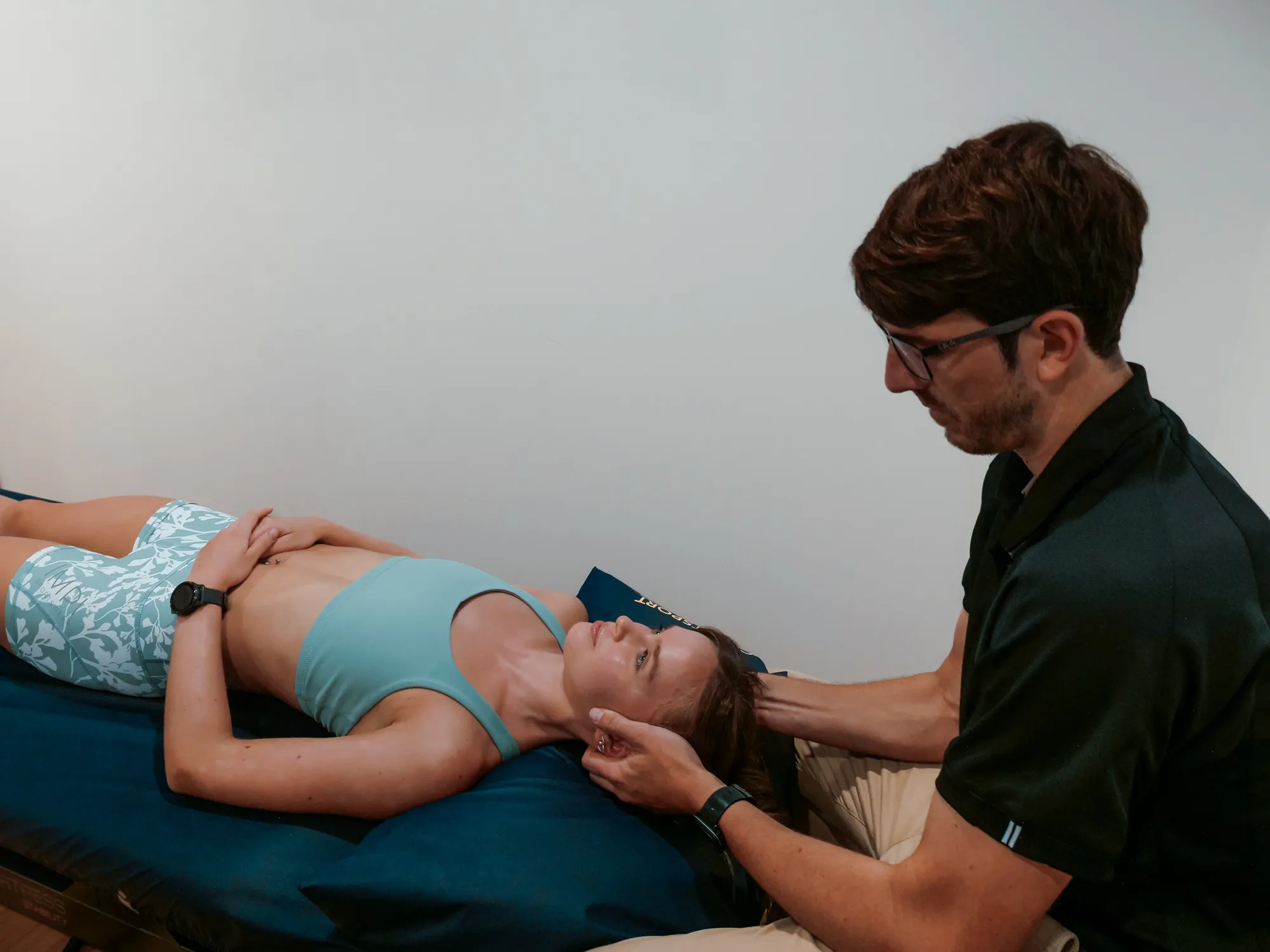Tennis elbow, clinically known as lateral epicondylitis, is a common condition that affects not only tennis players but anyone who engages in repetitive arm motions. Approximately 40% of people will experience tennis elbow at some point in their life. Characterised by pain and tenderness on the outer part of the elbow, this condition can significantly impact daily activities and athletic performance if not properly managed. While rest and over-the-counter pain medications can provide initial relief, physiotherapy offers targeted techniques to both prevent and manage tennis elbow effectively whilst reducing the likelihood of future occurrences.
Understanding Tennis Elbow
Before delving into physiotherapy management, it’s essential to understand the nature of tennis elbow. It typically results from repetitive stress and overuse of the forearm muscles, leading to microtears/degeneration in the tendons that attach to the lateral epicondyle of the humerus. Activities such as playing tennis, gardening, typing, weightlifting or any repetitive gripping or twisting motions can trigger or exacerbate this condition.

Tennis Elbow Treatment
Treatment for tennis elbow typically involves a multifaceted approach aimed at reducing pain, promoting healing, and restoring function to the affected area. Physiotherapy plays a central role in this treatment plan by addressing the underlying causes and providing targeted interventions. Here are key physiotherapy techniques used in the management of tennis elbow:
- Education and Self-Management: Educating patients about their condition and empowering them with self-management strategies is integral to treatment success. This includes teaching strategies such as pacing of activities, appropriate activity loading progressions, self-massage, and ergonomic principles to prevent recurrence and promote long-term elbow health.
- Activity Modification: Adjusting or temporarily avoiding activities that aggravate symptoms is crucial for recovery. A physiotherapist provides guidance on proper technique and ergonomic adjustments to minimise stress on the elbow joint and facilitate healing.
- Tennis Elbow Exercise Programs: Tailored exercise programs are designed to strengthen the muscles of the forearm and improve the tolerance to load requirements. This may include the utilisation of isometric, concentric and eccentric exercises as these can all be effective in tendon rehabilitation. These exercises help to gradually load and strengthen the affected tendons, promoting healing and reducing the risk of recurrence.
- Manual Therapy: Hands-on techniques such as deep tissue massage, joint mobilisation, and myofascial release are employed as these may assist in reducing symptoms to better allow for exercise progression and tolerance.
- Bracing and Taping: Utilising braces or taping can provide support to the elbow joint and reduce strain on the tendons during activities. This helps to alleviate pain and prevent exacerbation of symptoms while allowing continued participation in necessary tasks or sports.
Preventing Tennis Elbow
Prevention of tennis elbow involves adopting proactive measures to reduce strain on the tendons and forearm muscles. Here are some physiotherapy-based strategies for prevention:
- Ergonomic Assessment: A physiotherapist can assess your workspace and sports equipment to ensure proper ergonomics. This includes adjusting desk height, chair position, and using ergonomic tools that reduce strain on the forearm muscles during repetitive tasks.
- Strength and Flexibility Exercises: Physiotherapists prescribe specific exercises targeting the wrist extensors, flexors, and rotators to build strength and enhance tissue tolerance and capacity. Strengthening these muscles reduces the risk of developing tennis elbow. This will likely also involve strengthening of the muscles on either side of the elbow as weakness elsewhere could lead to increased load at the elbow muscles.
- Proper Technique Instruction: Whether it’s playing tennis, lifting weights, or performing manual tasks, learning and using proper technique is crucial. A physiotherapist can provide guidance on correct body mechanics and movement patterns to minimise stress on the elbow joint and surrounding tendons.
Progressive Loading: Avoid sudden increases in activity intensity or duration. A physiotherapist can help you develop a gradual training program that allows your tendons to adapt slowly to increased demands, reducing the risk of overuse injuries like tennis elbow.

Long-Term Management and Recovery
Recovering from tennis elbow requires patience and adherence to physiotherapy recommendations. Long-term management focuses on maintaining strength and flexibility in the forearm muscles, practising proper technique during activities, and making ergonomic adjustments as needed. Regular follow-up appointments with a physiotherapist to monitor progress, adjust treatment plans, and address any new concerns promptly to ensure optimal recovery.
Conclusion
In conclusion, preventing and managing tennis elbow involves a multifaceted approach that includes physiotherapy techniques such as exercise therapy, prevention programs, patient education and manual therapy. By addressing the underlying causes, strengthening the affected muscles, and promoting proper technique and ergonomic practices, individuals can effectively recover from tennis elbow and reduce the risk of recurrence.
If you’re experiencing symptoms of tennis elbow or looking to prevent it, consulting with a qualified physiotherapist is the first step toward personalised care and optimal elbow health. Start implementing these strategies today to safeguard your elbow and enjoy pain-free activities for years to come.
Written by James Collier – Physiotherapist



 Helping the Central Coast Feel Well, Move Well and Perform Well!
Helping the Central Coast Feel Well, Move Well and Perform Well!